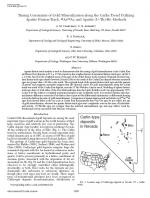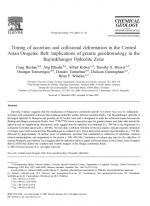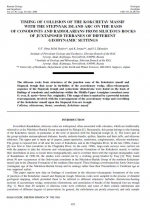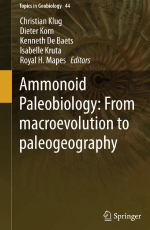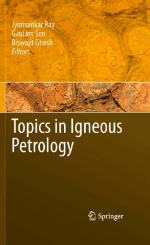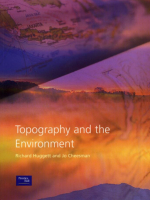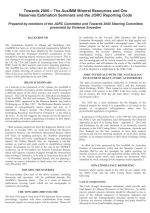We have been describing and attempting to interpret trace fossils, more or less effectively, for over a century. One could point to several times in the history of paleontology or sedimentary geology when ichnology, as a separate discipline, appears to take shape for the first time. This is largely a matter of when the various early practitioners were active. I will leave it to the historians of our discipline to nail down all the exact dates, key figures and origins of ideas. A concise historical sketch can be found in the introduction to Ekdale et al. (1984). It is clear from this brief account, and from the longer essay by Osgood (1975) and especially the excellent historical chapters that follow, that the origins of ichnology are varied but that the discipline takes on its modern methodologic and conceptual aspects in the 1950s and 1960s. In anglophone countries, this development is usually associated with a ‘founder’ (Dolf Seilacher, signaled especially by a series of extremely influential articles: e.g., 1953, 1962, 1964, 1967a,b) and a ‘founding document’ (Ha¨ntzschel, 1962, 1975)—at least for invertebrate ichnology. Vertebrate and plant trace fossil researchers would tell the story a bit differently (see the essays that follow). But most of the central concepts and methods start to circulate and become widely applied or discussed at about this time.


